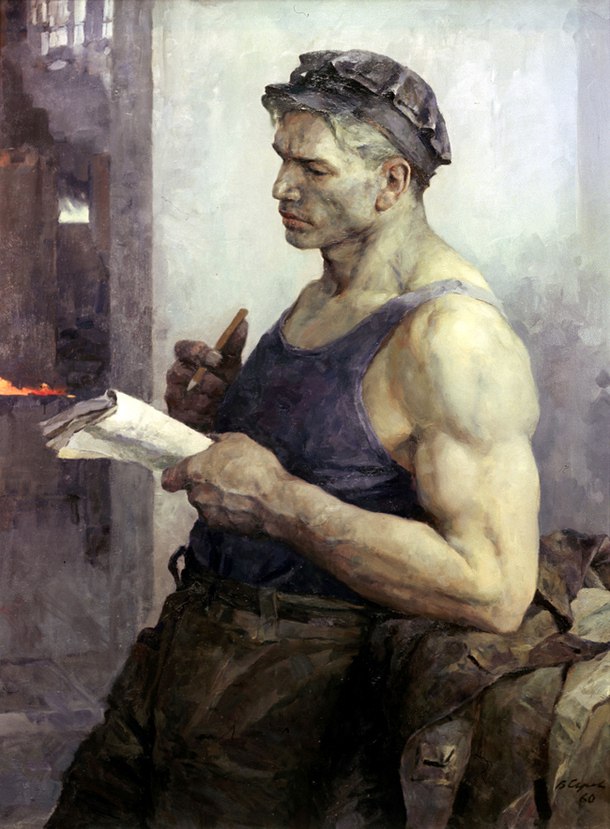I don’t hear much about them
Some have suggested Subcomandante Marcos (the one with the pipe) is/was a university professor from Mexico City.
I mean, unless he’s mestizo, which would prove settler-Spanish roots, are we really sure?
They based it on his skin colour, accent and the way he speaks. I’m not fluent in Spanish and Mexican dialects, but in my country I can tell what part of the country people are from as well as education level based on how they speak and what vocabulary they use. So if you add his skin colour (lighter than the indigenous people in Chiapas region) one could make an educated guess.
As I said I’m not familiar with Mexican accents so I can’t confirm, just relaying something I read/heard. His speeches are on youtube, so perhaps a comrade from Mexico could confirm/deny.
Yes, settlers leaving settlements to go join Native American tribes was such a large problem that both the British and French issued a decree to make that illegal.
There is evidence throughout “early-mid colonial history” (1700-late 1800’s) of people from a multitude of backgrounds joining Native American tribes.
But I could answer a bit better if you were a bit more specific with your question. Did you have a time period in mind? Also people don’t really join Native American tribes to fight for them, it’s for other reasons that culminate in a person simply defending their new home. Much like an immigrant joining their new home country’s military.
If you mean in the modern day, then there’s no barriers or gate keeping as to who can join or volunteer at Native American organizations that assist in protecting Native American rights and autonomy.
A few that I can think of:





